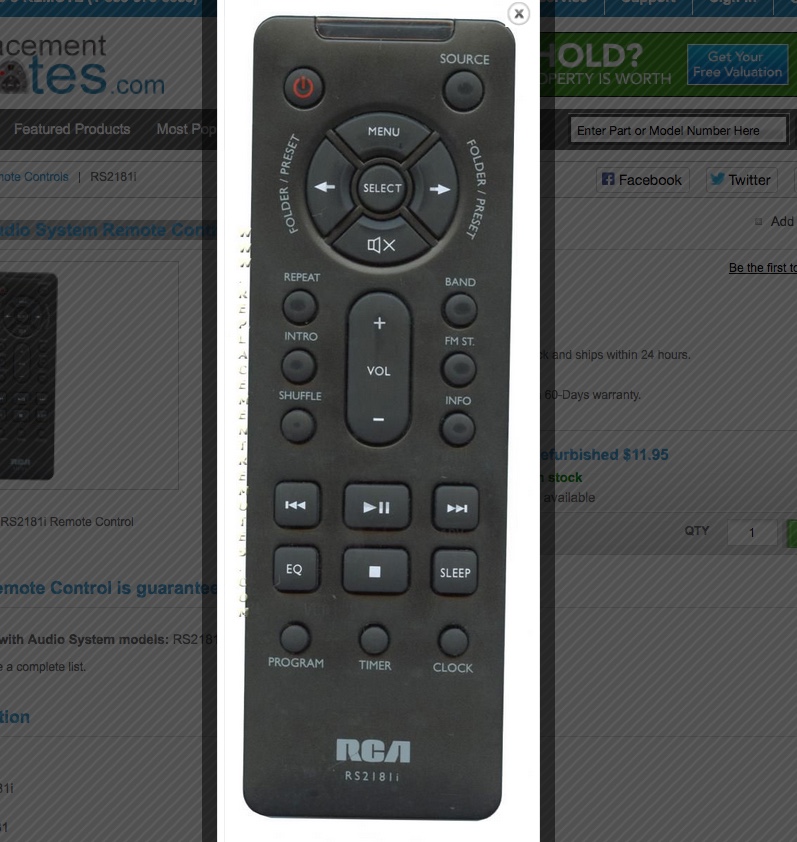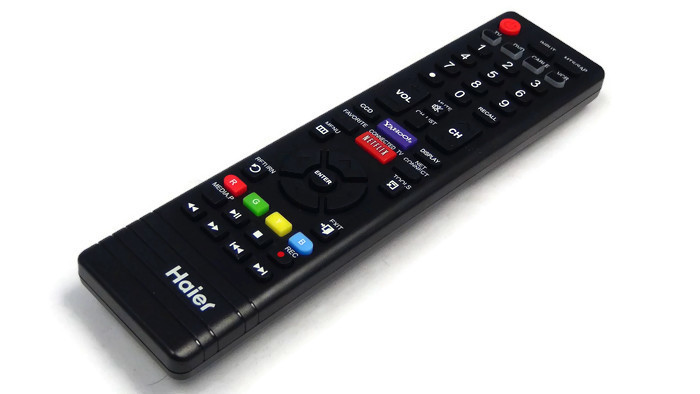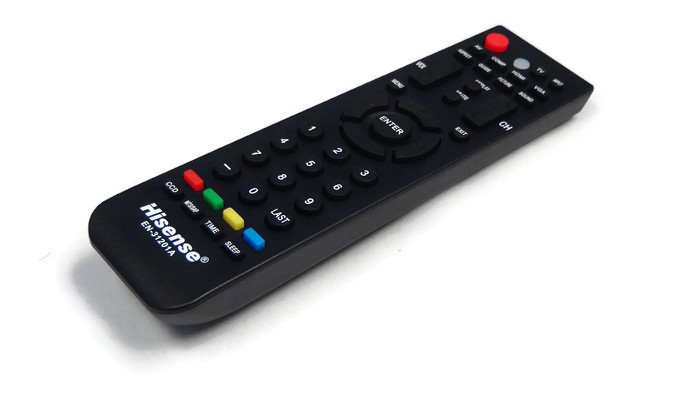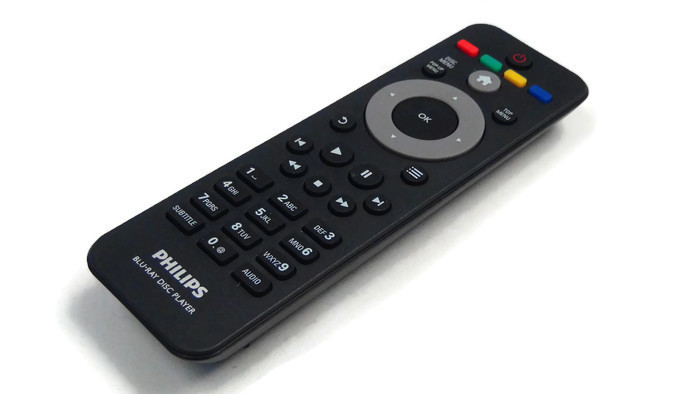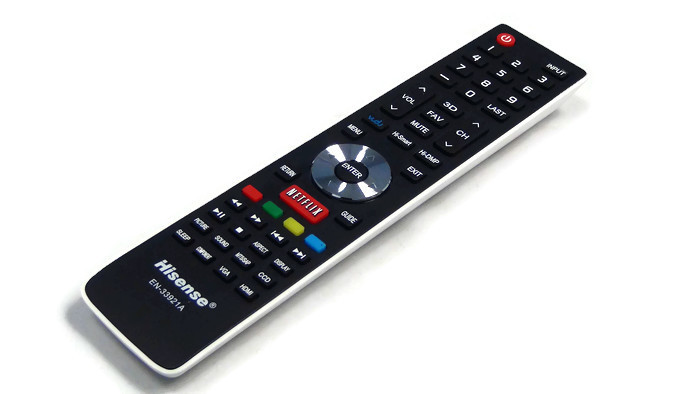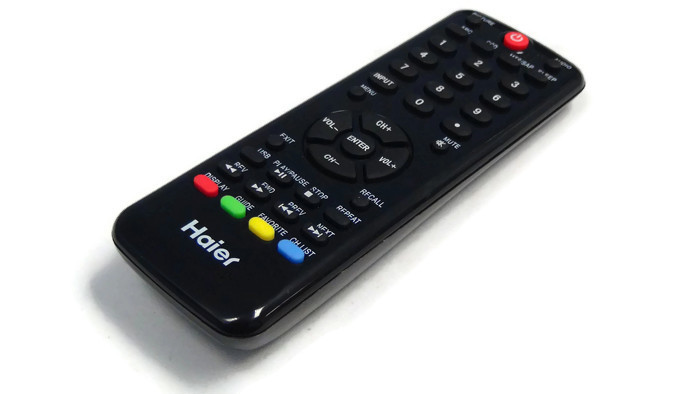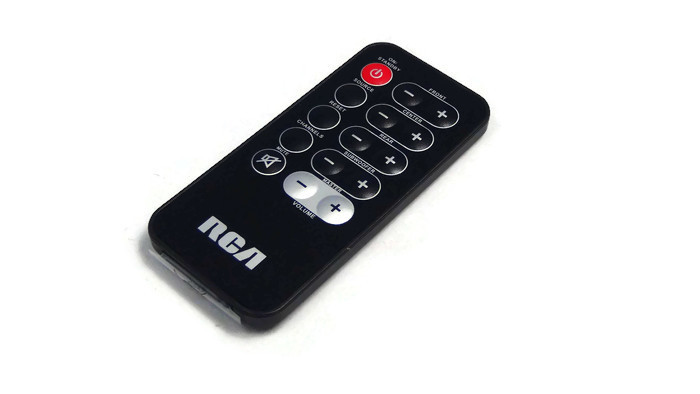Other than the features you want in your flat screen television mount, the two most important things to look for are the weight and bolt pattern of your television. Wall mounts are built to hold a specific amount of weight, so it’s important to get one that will hold your television so you aren’t enjoying the day with your TV remote in hand … and suddenly your TV falls off the wall. Look at the back of your television to find the bolt pattern. If you don’t know the weight, check on the manufacturer’s website to learn the specifics about your flat screen television.
Hardware
One of the most important aspects of a television mount is the hardware that comes with it. Only use mounts that include lag bolts. A lag bolt will secure the mount to the wall so you don’t have to worry about it falling off or damaging your wall with the weight.
Features
What kind of features are you looking for?
- Tilt: Not all mounts allow the television to tilt, but if your television is going to be mounted at higher than eye level, this is going to be an important feature.
- Swivel: Especially important when you have furniture that doesn’t sit directly in front of the television, the swivel feature allows the TV to be aimed at different areas of the room.
- Level adjustment: A quality mount will allow for level adjustment so you can adjust the mount rather than having to reposition it on the wall. This is especially important when you have parallel lines above or below the TV because a mount that isn’t level is going to create an unequal gap between those lines and the TV.
From usability to stability, make sure your television mount has the strength and features you want, so you can simply sit back with one of your remotes and enjoy your shows without worry.
